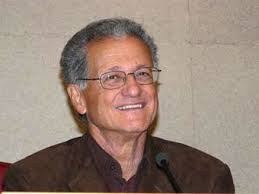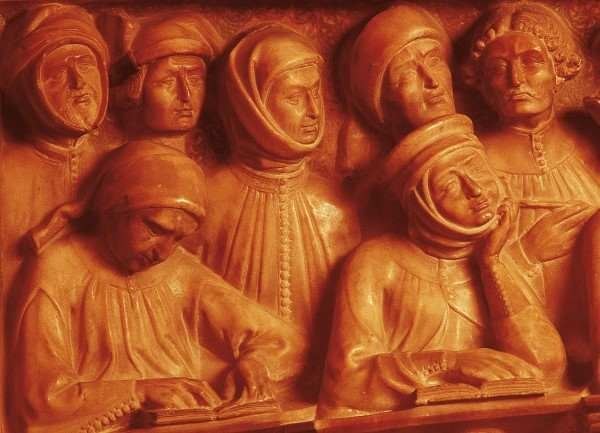An imagery for future memory
 The Region of Emilia-Romagna is a recent invention in the long history of our country. Its birthdate is that of the political unification of Italy, when physically and politically diverse territories were joined together with a happy outcome. It was certainly a political invention–creation, but also an invention-finding at a cultural level. Within the numerous differences, a cultural singularity was discovered and reinforced, a sense of self and unique skill and know-how. The conjuncture found a structure, a civilization, which means a deep and lasting way of life and inestimable patrimony of economical, artistic, scientific and technical products.
The Region of Emilia-Romagna is a recent invention in the long history of our country. Its birthdate is that of the political unification of Italy, when physically and politically diverse territories were joined together with a happy outcome. It was certainly a political invention–creation, but also an invention-finding at a cultural level. Within the numerous differences, a cultural singularity was discovered and reinforced, a sense of self and unique skill and know-how. The conjuncture found a structure, a civilization, which means a deep and lasting way of life and inestimable patrimony of economical, artistic, scientific and technical products.
The boundaries drawn are, at the same time, places for exchange. From the Apennines valleys – mountains crossed with many passes – to the main navigable river, the Po, down to the courses of the Adriatic Sea, they contain an archipelago of cities linked by a Great Road, the Via Emilia, which passes through them and makes them porous. If I may use a metaphor, it is like a great, ancient, inhabited bridge, crossed through by other roads run along by pilgrims, such as the Via Romea along the Sea and the Via Francigena across the mountains. A thick urban cobweb where the cities – like clearings in the forest during the Middle Ages – seems to be immersed in a complex territorial fabric - mountain plantation and “filled” geometrics, grain and fruit orchards, stock farming and its products, among the richest and most civil in Europe. Large and small cities with their gates and ports, always knotting together with many threads their local tradition and Northern Europe and Orient.
Thanks to these characteristics, the important industrial settlements become part of the territory avoiding the unmanageable phenomenon of the metropolis. An open, or at least an ajar localism acts as a conscious counterbalance to the impulse towards globalisation.
Men make the places which will make them. The Region has merged the Romagnas, with their Byzantine heritage, Bologna and Ferrara, with their papal past, Modena and Parma, with their “laic” duchies - territories gathered in many different ways by history into cities and seignories, into fiefdoms and monastic territories. Each real political project makes a community, ceaselessly provides a way to stay together, but must take into account the character and life-style of its citizens - as idiomatic as their dialect. Undoubtedly few peoples in Europe are so attentive to the quality of the earthly nourishment we find in domestic architecture and public living spaces, from public buildings and noble palaces to rural houses, from squares to porticoes. Hence the quality of its hospitality and the privileged welcome to tourists. We must not forget that the national flag was invented in Emilia and that the only project of unified Italian cuisine was attempted in Romagna. But flavours are not alternative to learning, nor Arts and Sciences to the Art of Living. From the Etruscan and Greek vases to the painters (Correggio, Carracci or Morandi), from the cathedral sculptors (Wiligelmo) to the film directors (Fellini and Antonioni), this Region gave itself and those who have eyes for seeing an Imagery, that is an incalculable index of images which represents its great “game”. Over time, the Muses have joined hands. Here Verdi’s music resounds with the joyous words of Boiardo and Ariosto, and the mysterious words of Pico della Mirandola and Savonarola. In the original heritage of Italian culture, Poetry and Science (Marconi) are part of the great pedagogical tradition of Bologna, the first of the European universities.
The multi-cultural reality peculiar to Emilia-Romagna Region’s past and present cannot be depicted once and for all, but must be continually redefined through its images, music and writings. The new languages of the modern age - from technology to fashion, are also involved, so that its traditions become “future memory”. To live the present we can look at the future problems using the certain resources of the past.
Paolo Fabbri

